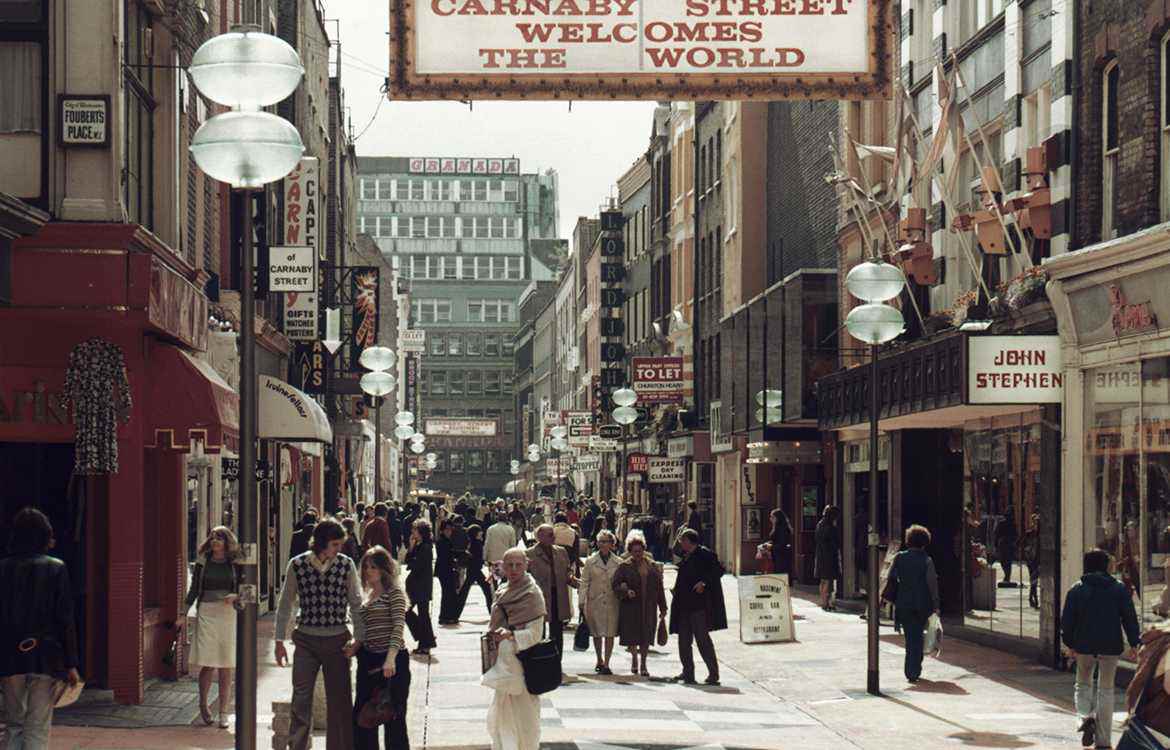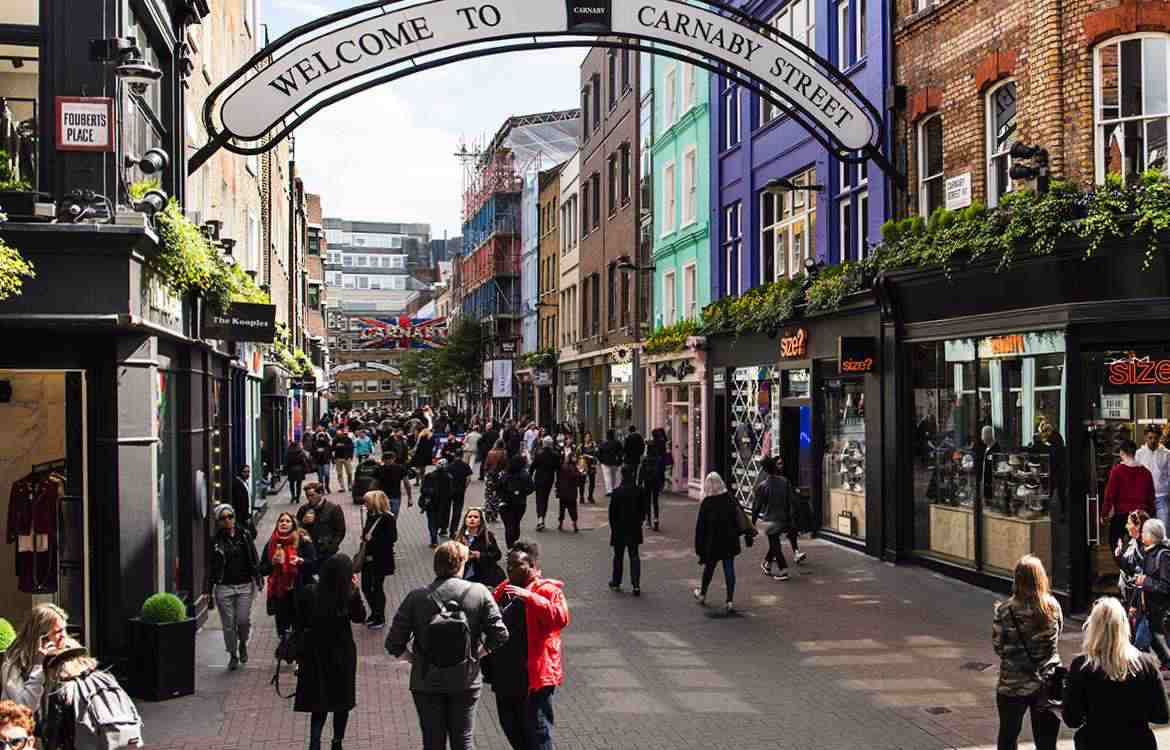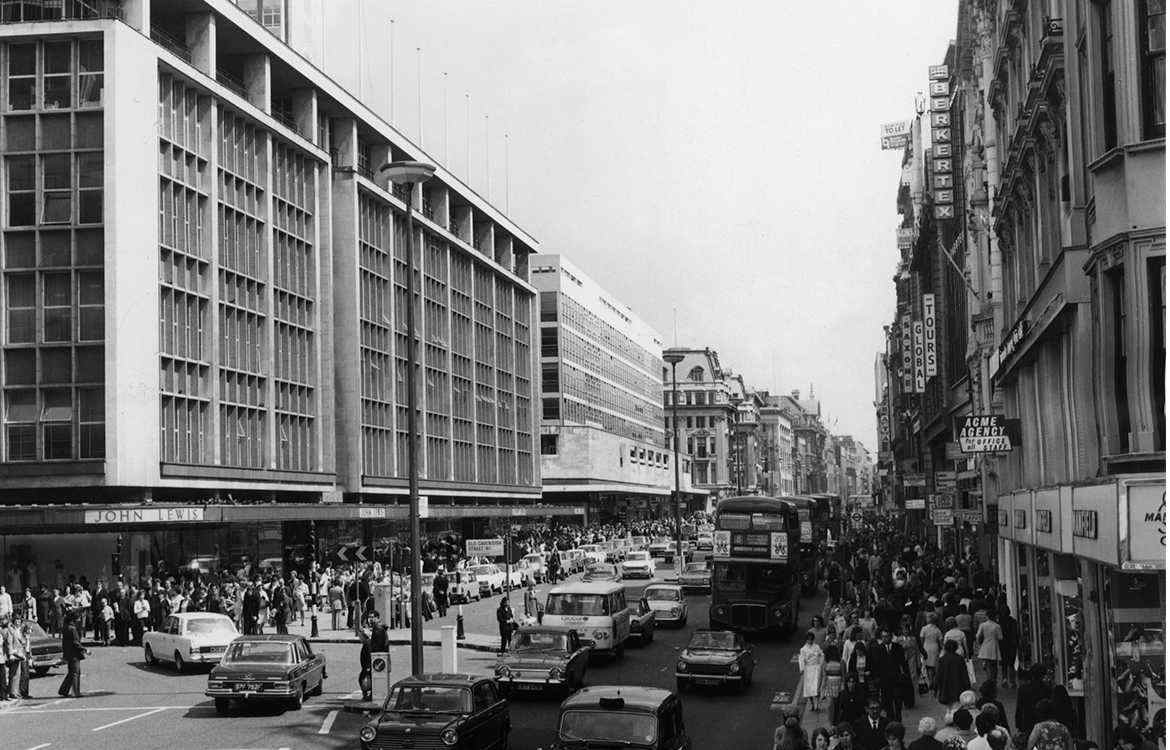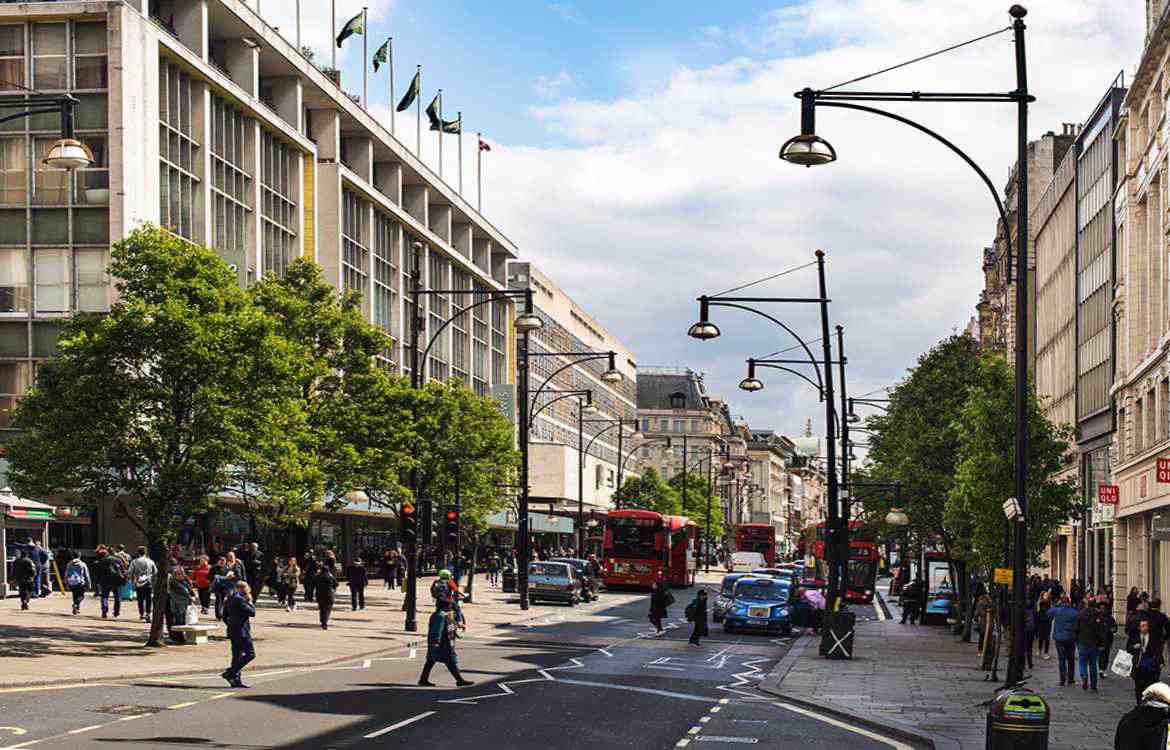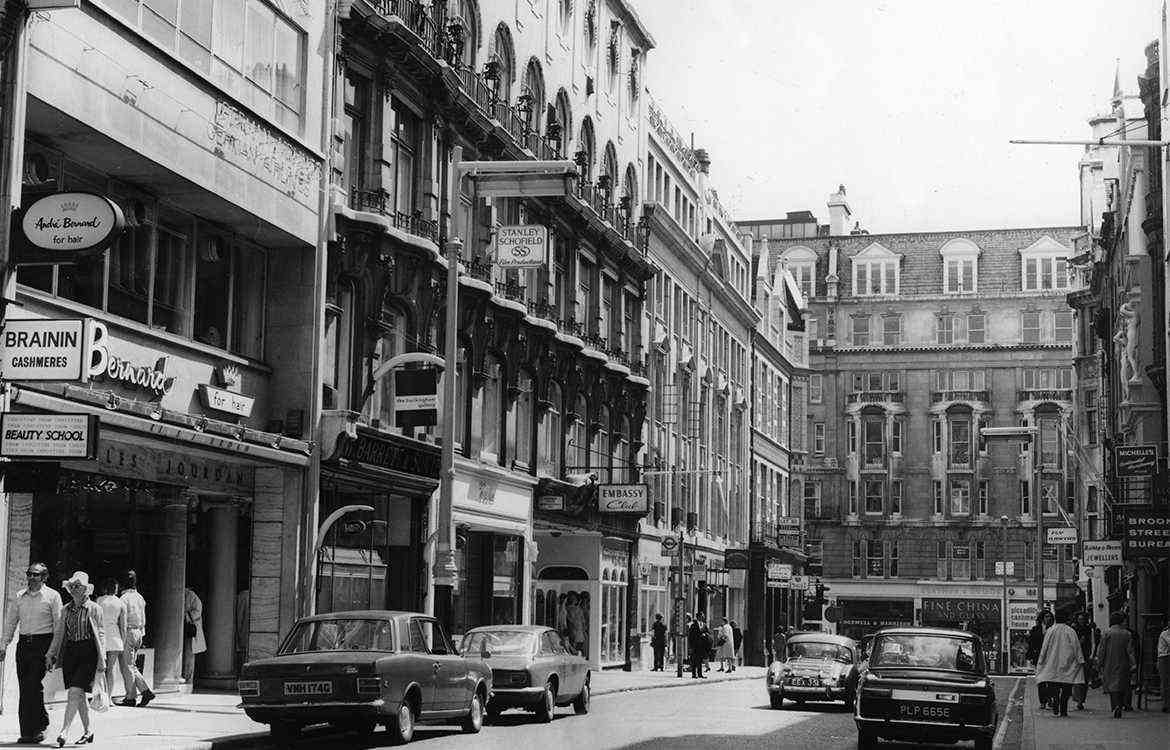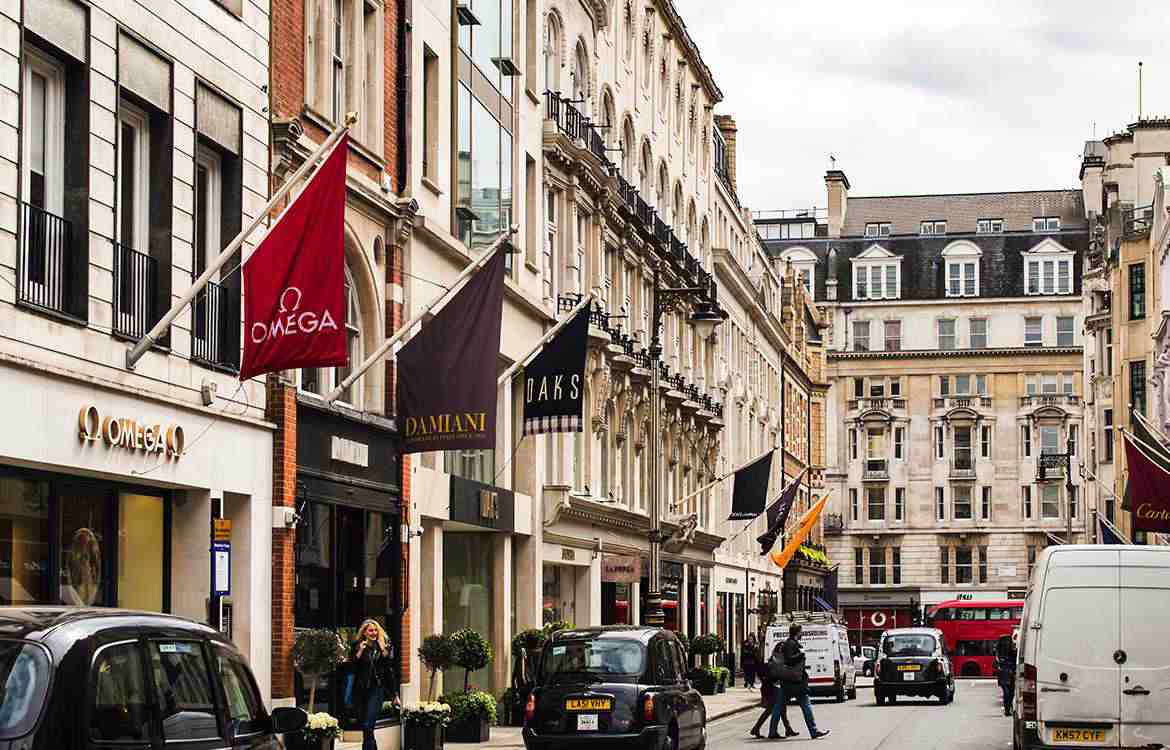London Then and Now
How has your high street changed?
Use our sliders to explore London’s high streets and discover how they’ve changed
Strolling down any of the nation’s high streets, it’s hard to escape the sheer pace of change. From pedestrianisation to new retail trends, nowhere feels the impact of modernisation quite like the high street.
But is a changing high street really all bad news for local retailers? What does this really mean and how can you keep your business relevant in the face of change?
We’re taking a look into the past of some of the UK’s busiest shopping destinations to pull out some lessons history can teach us about staying the course in retail. Here, we’re strolling down the UK capital: London.
London's high streets gave birth to many of the UK's most recognisable retail brands. Debenhams, WH Smith and Tesco are just a few of the big names who started from humble beginnings in the Big Smoke.
Use the sliders to compare and contrast London’s streets then and now.
Carnaby Street
The groovy heart of London in the swinging 60s, Carnaby Street was beloved by the giants of rock ‘n’ roll and laid claim to the title of second most visited attraction after Buckingham Palace. It was a haven for mods and rockers, lined with fashion-forward market stalls – a far cry from the design-focused boutiques of upmarket Chelsea.
The '60s saw a boom of record stores, men’s boutiques and veggie restaurants, catering to the wave of rebels and hippies that flooded the area. Scottish designer and 'King of Carnaby Street' John Stephen capitalised on this energy, opening the first mod shops selling skinny jeans and fitted shirts.
After a brief slump in the ’90s, Carnaby Street is now once again one of London’s most popular shopping destinations. Its three blocks are home to a mixture of over 150 brands, quirky boutiques and street food-style eateries. Businesses vying to rent a spot are thoroughly vetted for their cultural fit.
The trend, as with many out-of-town shopping complexes, is moving towards creating a ‘sociable space’. Kingly Court pulls in after-work crowds with pared-back pizzerias and gourmet fried chicken. High-end high street European brands, on the other hand, target fashion-savvy tourists on the hunt for a cutting-edge look. And brands like Diesel and Cheap Monday, as well as record label Deal Real, have reimagined Carnaby Street as a cornerstone of London’s urban culture. Knowing your audience is an important principle, as is adapting to the personality of the area you’re in.
Oxford Street
London’s Oxford Street is one of the most iconic shopping destinations in the world. Although its borders have been debated by Londoners for centuries, Oxford Street proper stretches 1.2 miles from Marble Arch to Tottenham Court Road. It’s lined with over 300 shops, from Topshop to Moss Bros.
Amid a post-war London rebuilding itself from the ground up, Oxford Street kept calm and carried on as the capital’s main shopping thoroughfare. It was the place to be seen for the discerning middle class, a time when West End shops closed after lunch on Saturdays. John Lewis and Selfridges – Britain’s first department stores, established in the early 20th century – were rebuilt to their former glory. They remain bastions of the British high street still, through careful positioning as market leaders in quality and luxury. Shoppers respond to familiarity and they like to know what they’re getting. Establishing yourself as a trusted name in your market can help ensure a loyal customer base.
One dramatic loss from the Oxford Street of the Swinging 60s is HMV. For years this flagship store was the place to buy the latest releases, surviving various technological changes as records gave way to tapes and CDs. The digital revolution has reshaped the way we consume audio and visual media, leaving the bricks-and-mortar stores that traded in music and video struggling to compete on the high street. The importance of an adaptive business model that can keep ahead of broad trends and diversify when needed is one lesson we can learn from the fall of this former king of the high street.
Bond Street
Bond Street has remained one of London’s most fashionable spots. Dominated by the flagships of high-end fashion boutiques like Ralph Lauren and Cartier, as well as exclusive antiques dealers, it’s stood the test of time as London’s place to see and be seen. Technically divided into Old and New, Bond Street has long been one of Europe’s most desirable areas.
Bordered by the famous auction house Sotheby’s, The Ritz and the Royal Academy of Arts, it’s a haven for wealthy socialites from across the globe. Since 1969, the street has been designated part of the Mayfair Conservation Area, preserving the imposing architecture that sets the scene for the upmarket boutiques it houses. In 1960, Graff Diamonds moved onto Bond Street, setting the area's luxury reputation in stone. Tiffany set up shop in 2002, followed by Louis Vuitton in 2010 and Chanel’s largest ever store in 2013.
Shop insurance that stands the test of time
Whether your shop is brand new or a high street stalwart, we’ve got you covered with our shop insurance for retailers.
There’s no need to shop around – it’s insurance you can tailor to your store’s needs.
- Public liability cover as standard, with up to £5m protection
- Free 30% increase in stock cover – at dates of your choice – with contents cover
- Accidental damage as standard with contents cover
- 24-hour glass replacement with contents cover
- Free 24-hour emergency helpline
